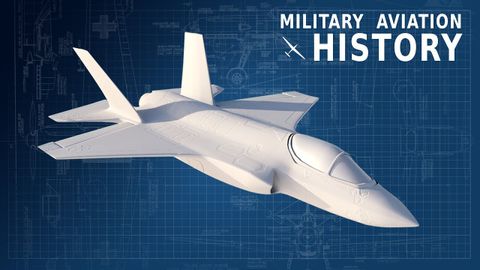
Subtitles & vocabulary
Military Aviation History in 12 min | Military aircraft evolution explained
00
menghsuan228 posted on 2022/08/21Save
Video vocabulary
potential
US /pəˈtɛnʃəl/
・
UK /pəˈtenʃl/
- Adjective
- Capable of happening or becoming reality
- Having or showing the capacity to develop into something in the future.
- Uncountable Noun
- someone's or something's ability to develop, achieve, or succeed
A2TOEIC
More common
US /ˈkɑmən/
・
UK /'kɒmən/
- Noun (Countable/Uncountable)
- Area in a city or town that is open to everyone
- Field near a village owned by the local community
- Adjective
- Shared; Belonging to or used by everyone
- Typical, normal; not unusual
A1
More force
US /fɔrs, fors/
・
UK /fɔ:s/
- Noun
- Group of persons trained for military action; army
- Pressure; attraction
- Transitive Verb
- To use physical strength or violence to persuade
- To break open (something) using force.
A1
More general
US /ˈdʒɛnərəl/
・
UK /'dʒenrəl/
- Adjective
- Widespread, normal or usual
- Not detailed or specific; vague.
- Countable Noun
- Top ranked officer in the army
A1TOEIC
More Use Energy
Unlock All Vocabulary
Unlock pronunciation, explanations, and filters
